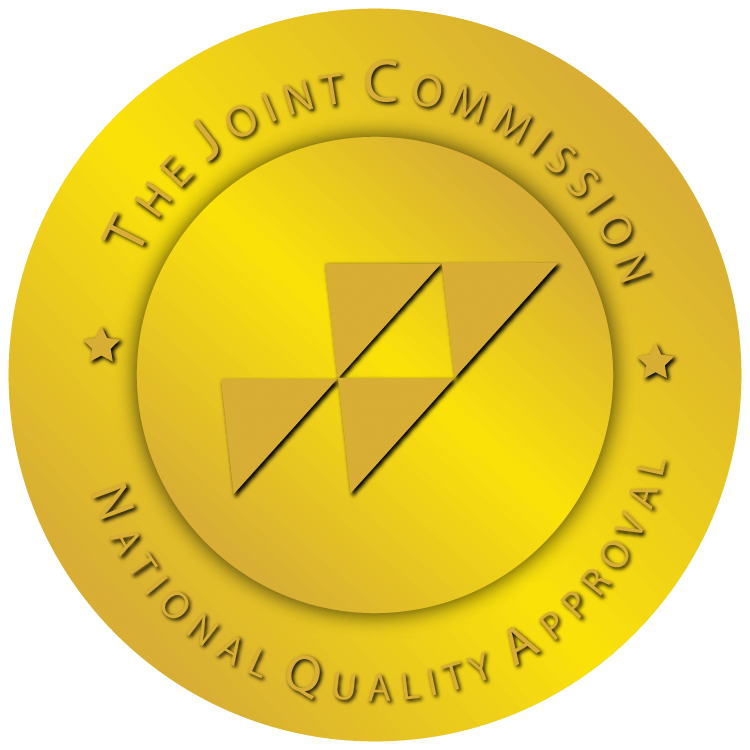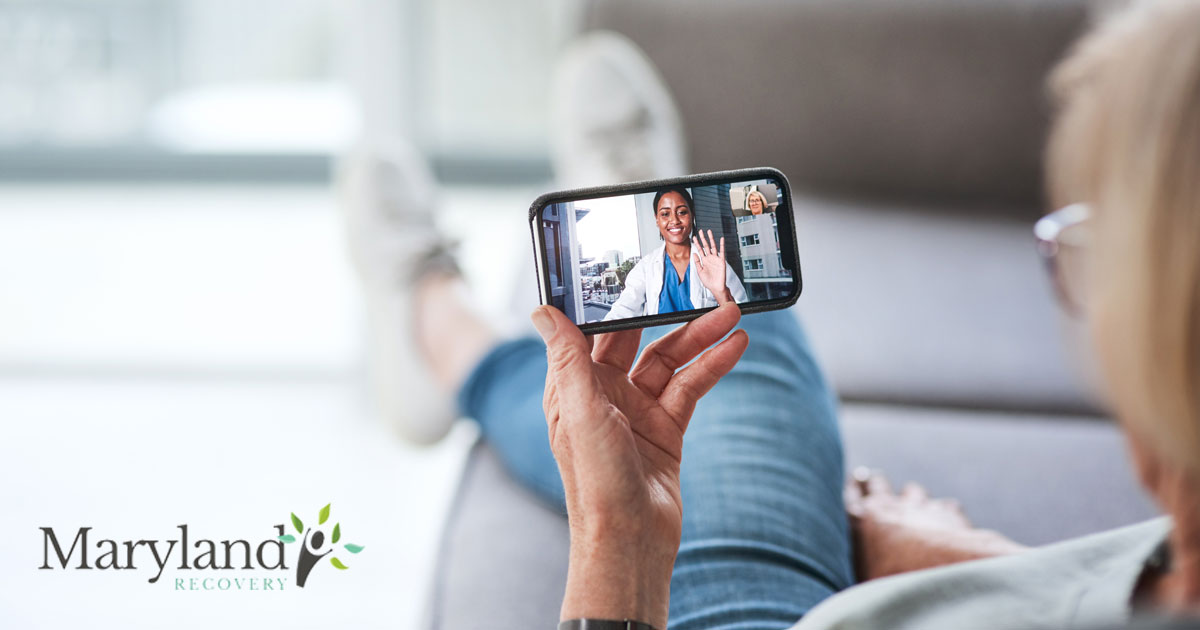
As we continue to combat the ongoing COVID-19 pandemic and search for new and better ways to become and stay healthy without taking on any extra health risks, remote treatment is quickly becoming a commonality. In fact, it’s become an aspect of daily life that more and more people are beginning to turn to. After all, not only does traditional medical treatment require personal contact between the doctor and the patient, but even getting to the office can be difficult and costly depending on the transportation options available.
Combined with the rise of online schooling and remote work, remote medical treatment is an easier, more convenient, and less risky option for a lot of people. At the same time, the growing rates of drug addiction and abuse in the United States are necessitating a closer look at addiction treatment therapy than ever before. Doctors in Maryland are figuring out how to combine the two concepts and help drug addiction patients even from a distance.
The Crisis
While drug abuse affects the United States as a whole, Maryland in particular has been struggling for some time. The increasingly prescribed opioids starting in the 1990s has become an opioid addiction crisis for the state. The statistics have only become worse as the years go by thanks to things like the pandemic and the spreading popularity of the powerful painkiller fentanyl, which was responsible for 93% of all opioid fatalities in 2020. Another commonly misused prescription drug is the epilepsy and fibromyalgia treatment known as pregabalin, which is sometimes marketed as an opioid replacement, but still has overdose risks and many potentially nasty side effects. Baltimore City alone suffers greatly from opioid addiction and usage, with addiction rates that reached up to about 4% of the population, or 25,000 out of 620,000 people. [1]Wen, L. S., & Warren, K. E. (2018). Combating the opioid epidemic: Baltimore’s experience and lessons learned. Journal of Public Health, 40 (2), … Continue reading
Of course, it’s not just the prescription opioid epidemic that the people of Maryland must be concerned with when it comes to drugs. For many, opioids are merely a precursor to dangerous street drugs that create the same sensations, including heroin. One study on the subject determined that the use of “non-medical prescription opioids,” or NMPO, is not only common among teens in Baltimore, but socially acceptable, thanks to factors like the music they listen to or the peer pressure at school and social events.
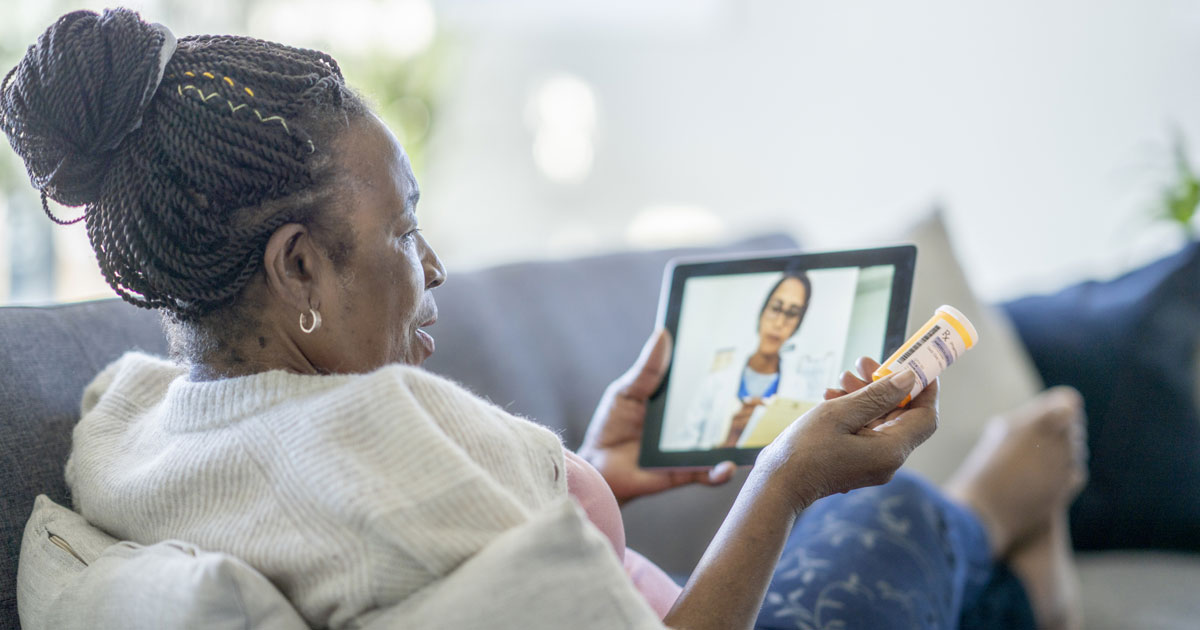
Many of these kids then move on to more dangerous drugs once they want cheaper hits and stronger highs. Some even get addicted to NMPOs in an effort to avoid taking fentanyl, using unregulated drugs as a result while trying to avoid addiction or overdose in the first place. An interesting factor to note is that there appears to be a racial component involved, with white teens being more likely to make the switch to heroin than black teens, but even those black teens are still often abusing drugs. [2]Linton, S.L., Winiker, A., Tormohlen, K.N. et al. “People Don’t Just Start Shooting Heroin on Their 18th Birthday”: A Qualitative Study of Community Stakeholders’ Perspectives on Adolescent … Continue reading
It’s clear that for many people living in Maryland, and Baltimore specifically, drug abuse has become an unfortunate yet common part of life. The crisis necessitates newer, more effective lifesaving maneuvers and treatments to be created, and as a result, solving this drug crisis has become a topic as significant as the crisis itself.
Solving the Drug Crisis
Maryland’s project to stomp out the spread and use of drugs is an ongoing effort by doctors all across the state. As more is understood about the causes and effects of various types of drug addictions and more people are forced to seek treatment, new methods are always being adopted and improved upon.
Over the course of a four-year study, over a million patient records were screened from hospitals all over the state. Of those screened, 17.2% of patients, or about 170,000 people, had gone in to treat drug addictions, including alcohol abuse. 950 of those patients experienced addiction withdrawal symptoms. A majority of treatments for withdrawals involve the use of buprenorphine along with referrals to a specific treatment program. [3]Monico, L. B., Oros, M., Smith, S., Mitchell, S. G., Gryczynski, J., & Schwartz, R. (2020). One million screened: Scaling up SBIRT and buprenorphine treatment in hospital emergency … Continue reading Usage of medicines like buprenorphine to allow a patient to cease using drugs safely is known as “medically assisted therapy,” or MAT.
The use of buprenorphine specifically is interesting because it functions as a substitute for other opioids, known as substitution therapy. [4]Elkader, A., Sproule, B. Buprenorphine. Clin Pharmacokinet 44, 661–680. https://doi.org/10.2165/00003088-200544070-00001 As a replacement option, it’s been seeing use for decades. However, as with all drugs, care needs to be taken when using buprenorphine, whether it’s being used for opioid addiction therapy or as a general painkiller. Side effects like dependence are possible, much like other prescription medications, but the withdrawal effects tend to be relatively minor. Overall, it’s considered to be a safe and common way of treating opioid addictions. [5]Johnson, R. E., Fudala, P. J. Payne, R. (2005). Buprenorphine: Considerations for pain management. Journal of Pain and Symptom Management, 29(3), … Continue reading
Along with buprenorphine treatment, drug abuse therapy typically involves taking supportive measures to treat mental health concerns as well as the addiction. For instance, insomnia is a common result of withdrawal and could also contribute directly to the reliance on and addiction to drugs. So, insomnia treatment becomes necessary in some cases to fully help patients recover. Treatment is also needed for physical side effects, like pain, nausea, diarrhea, and flu-like symptoms. These treatments also tend to require the use of specific, pre-approved medical drugs and MAT. [6]Kleber, H. D. (2007). Pharmacologic treatments for opioid dependence: Detoxification and maintenance options. Dialogues in Clinical Neuroscience, 9(4), … Continue reading
The Use of Telehealth
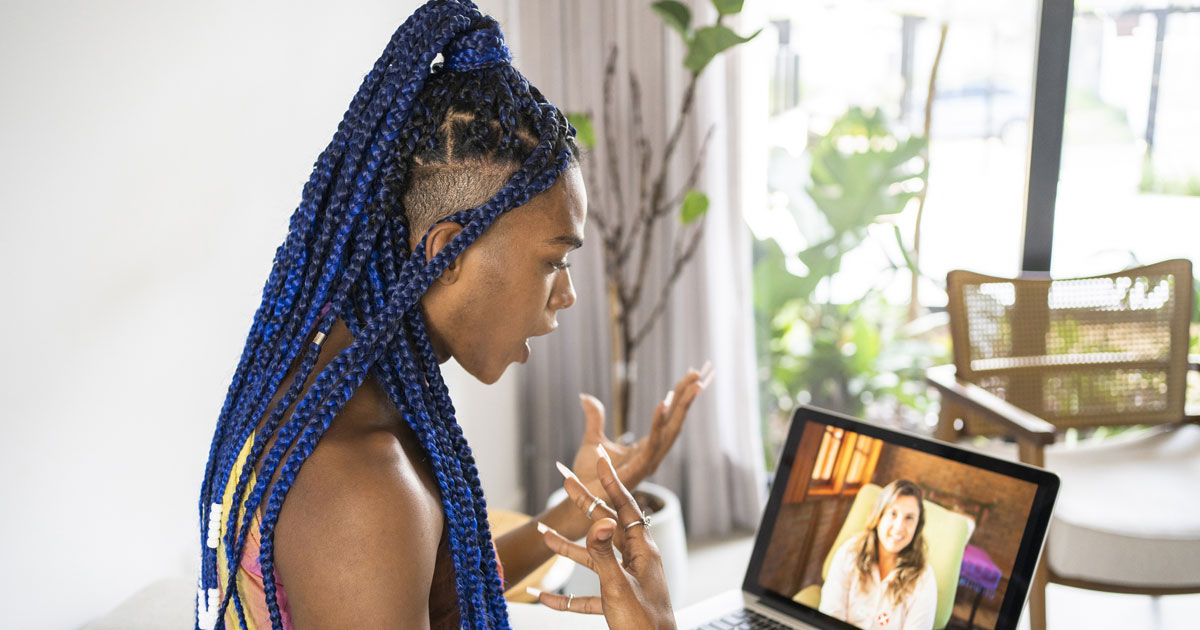
Drug addiction treatment is complicated and varied. It may come as a shock that doctors are beginning to use remote treatment methods at all, but that’s exactly what’s happening in Maryland.
“Telehealth,” also known as “telemedicine,” is a modern practice involving remote communication between doctors and their patients, with the use of live online chat sessions, video visits, and the remote management of long-term diseases all being included. In 2019, it was reported that 60% of health care institutions in the United States used some form of telehealth.
It’s a practice that hasn’t been regulated by Medicaid, meaning that as time passes, more and more states adopt more forms of telehealth, including teleradiology, remote mental health treatment, and other home-based telehealth services. [7]Tuckson, R. V., Edmunds, M., & Hodgkins, M. L. (2017). Telehealth.New England Journal of Medicine,377(16), 1585–1592. https://doi.org/10.1056/nejmsr1503323 The COVID-19 pandemic has only served to increase how many patients and doctors alike wish to use remote treatment options.
Telehealth already has a history of being used to treat substance abuse disorders, with reports on the practice dating back to at least 2009. However, when it comes to opioid abuse disorders like the ones causing the current crisis in Maryland, telehealth hasn’t always been seen as an option.
In fact, it was the pandemic that began to make people turn to remote addiction treatment over treatments done in-person, and in the process, previous conceptions about the mix between telehealth and opioid addiction treatments have been proven wrong. Remote counseling sessions quickly proved to be a good thing, as schedules become more flexible, and privacy remains a possibility. The outcomes of the treatment itself may even be improving due to the conveniences and comforts associated with working from home. [8]Hughto, J. M. W., Peterson, L., Perry, N. S., Donoyan, A., Mimiaga, M. J., Nelson, K. M., Pantalone, D. W. (2021). The provision of counseling to patients receiving medications for opioid use … Continue reading
Apps and Telehealth
It’s clear that while telehealth measures are not possible or even accessible in all cases, many patients in drug treatment therapy can benefit from telehealth. This is true in Maryland as well as the United States as a whole. For Maryland patients specifically, though, things are starting to go a bit further thanks to a new smartphone app dedicated to helping with drug addiction treatment.
Created by The University of Maryland Medical Center’s Midtown Campus, this app is designed to help patients seek therapy, and to help doctors keep track of their patients’ progress. The app, though created before the pandemic, saw even wider usage afterward due to the rise of and need for more remote help options.
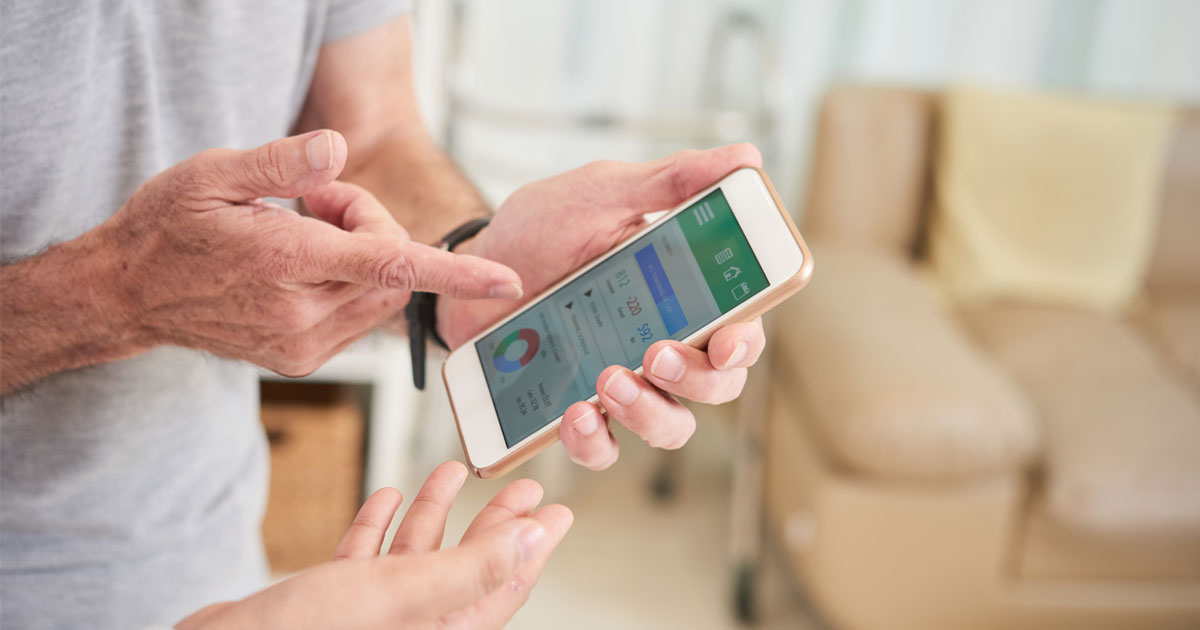
By completing four lessons every week and answering surveys, patients are not only offered assistance but are also given rewards, such as coupons to popular stores and restaurants, in order to keep them engaged in and using the app. In addition, there are modules meant to treat mental health concerns that coincide with drug abuse, such as insomnia, anger management issues, and anxiety.
The original version of the app, known as “reSET,” is used to help all manner of drug addictions, whereas “reSET-O” is specifically for opioid addiction, and they’re considered legitimate, being approved by the Food and Drug Administration in 2017 and 2018, respectively. While the app and its use in telehealth are still relatively new, many doctors, including Marian Currens of the Midtown center, have been seeing good results. Some patients even attribute their recovery more to the app than to counseling and medicine.
What Does This Mean for the Future?
The future of medical practice, drug prevention, and addiction treatments in the state of Maryland is always changing as new technologies and information come to light. As telehealth proves to be a viable option in treating drug addiction, and the use of buprenorphine remains a safe and effective way of handling opioid abuse therapy, the drug crisis in the state might finally be overcome.
More research into the social side of drug use will be key to preventing more people from being addicted, and better alternatives to fentanyl need to surface in order to save more people from growing dependent or overdosing. However, the future is promising as far as treatment is concerned, especially with the help of the reSET app.
Of course, no one treatment works best for everyone. For patients who don’t have reliable access to smartphones or computers, apps and telehealth strategies simply aren’t an option. For them, in-person treatment remains the answer to kicking their addiction. Additionally, while telehealth is a useful and growing practice, patients still need access to MAT.
Doctors can prescribe and monitor the use of medicines while remote, so even when patients are recovering from home, it’s important to ensure that the treatment involves more than counseling and following the modules on a smartphone app. Withdrawals especially can be scary due to their dangerous and sometimes life-threatening side effects, and medical treatment is essential to making the withdrawal process safer and easier to handle.
Reviewed by Christopher Schwartfigure MS, LGPC, CAC-AD
References
| ↑1 | Wen, L. S., & Warren, K. E. (2018). Combating the opioid epidemic: Baltimore’s experience and lessons learned. Journal of Public Health, 40 (2), e107–e111.https://doi.org/10.1093/pubmed/fdx093 |
|---|---|
| ↑2 | Linton, S.L., Winiker, A., Tormohlen, K.N. et al. “People Don’t Just Start Shooting Heroin on Their 18th Birthday”: A Qualitative Study of Community Stakeholders’ Perspectives on Adolescent Opioid Use and Opportunities for Intervention in Baltimore, Maryland. Prev Sci 22, 621–632 (2021).https://doi.org/10.1007/s11121-021-01226-7 |
| ↑3 | Monico, L. B., Oros, M., Smith, S., Mitchell, S. G., Gryczynski, J., & Schwartz, R. (2020). One million screened: Scaling up SBIRT and buprenorphine treatment in hospital emergency departments across Maryland.The American Journal of Emergency Medicine, 38(7), 1466–1469.https://doi.org/10.1016/j.ajem.2020.03.005 |
| ↑4 | Elkader, A., Sproule, B. Buprenorphine. Clin Pharmacokinet 44, 661–680. https://doi.org/10.2165/00003088-200544070-00001 |
| ↑5 | Johnson, R. E., Fudala, P. J. Payne, R. (2005). Buprenorphine: Considerations for pain management. Journal of Pain and Symptom Management, 29(3), 297–326.https://doi.org/10.1016/j.jpainsymman.2004.07.005 |
| ↑6 | Kleber, H. D. (2007). Pharmacologic treatments for opioid dependence: Detoxification and maintenance options. Dialogues in Clinical Neuroscience, 9(4), 455–470.https://doi.org/10.31887/dcns.2007.9.2/hkleber |
| ↑7 | Tuckson, R. V., Edmunds, M., & Hodgkins, M. L. (2017). Telehealth.New England Journal of Medicine,377(16), 1585–1592. https://doi.org/10.1056/nejmsr1503323 |
| ↑8 | Hughto, J. M. W., Peterson, L., Perry, N. S., Donoyan, A., Mimiaga, M. J., Nelson, K. M., Pantalone, D. W. (2021). The provision of counseling to patients receiving medications for opioid use disorder: Telehealth innovations and challenges in the age of covid-19. Journal of Substance Abuse Treatment, 120, 108163.https://doi.org/10.1016/j.jsat.2020.108163 |

